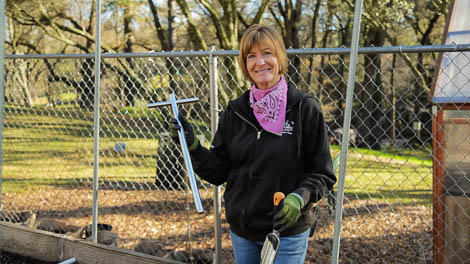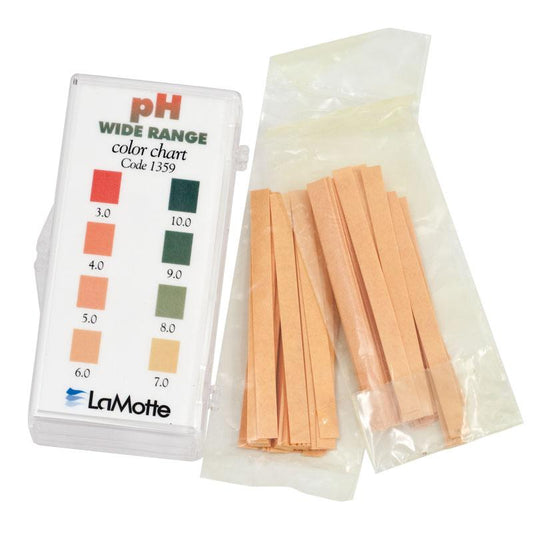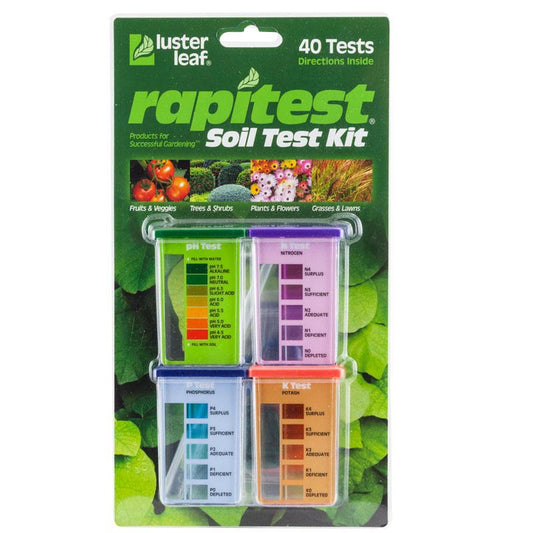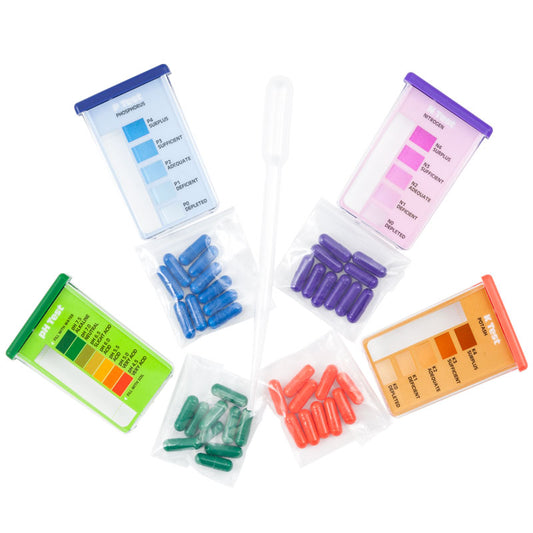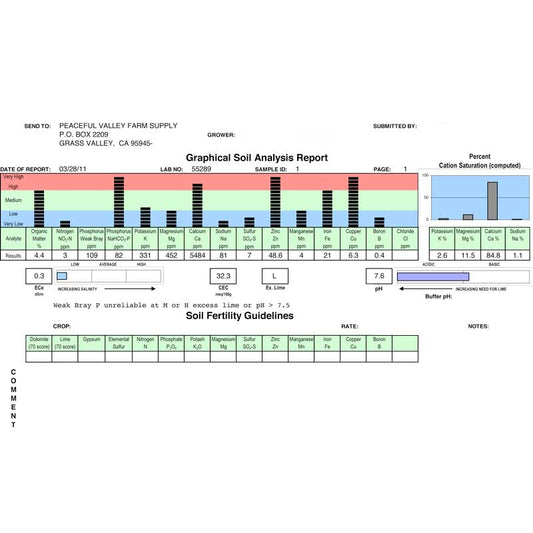It's All About The Soil
You know how organic gardeners are forever saying, It's all about the soil -- well, they're right. In organic gardening we feed our plants mostly through nutrient-rich soil, instead of with quick-fix, synthetic fertilizers.
People who've been gardening in one area for a long time can tell a lot about soil quality by the color and tilth, but our five senses cannot detect the pH level of a handful of soil, or understand how much nitrogen, phosphorus or potassium is in the soil at any given moment.

Even if you're an outstanding gardener -- adding a layer of compost before the rainy season, planting cover crops in the fall and tilling them in when spring comes -- you're probably also growing vegetables and fruit that pull nutrients from the soil. To do your part in your life-giving garden you need more information than you can pick up with your eyes, hands and nose. You need to make seasonal checks of your soil with a simple home soil test kit.
For the full scan of your soil, it's important to order a laboratory test of your home garden soil every 3 years (annually if you're a farmer). The lab test gives you a wealth of detailed data on the state of your soil, with specific advice on the amount of amendments you need to bring it into balance. Once you have amended the soil, check again the next growing season with a home test kit to be sure you have not over-corrected or under-corrected.

Testing your soil at home takes just over 12 hours. In our video Tricia does a spot check on one of her raised beds. She takes soil samples and dries them outdoors for 12 hours. To collect the soil you can wield a trowel with measuring marks, like the Fiskars Big Grip transplanter. If you'll be taking a lot of soil samples, get greater depth with the Oakfield soil sampler.
Tricia uses the La Motte soil test kit (she'll be able to get years of service from one kit, with enough ingredients for 30 pH tests and 15 N-P-K tests). The kit comes with an instruction booklet, and Tricia also walks you through the testing steps in our video.

With the big summer vegetable growing season ahead, it's crucial to have good soil to produce great vegetables and fruit. Nitrogen will give green leaves.

Phosphorus is essential for robust flowers. Potassium supports basic functions of plants, including photosynthesis and protein synthesis.

Once you have your home results, refer to the Garden Guide Booklet that comes with the La Motte kit for directions on how much amendment to add to your soil, calculated by your exact test results. The Garden Guide Booklet has key advice. In the case of the more elaborate lab analysis of your soil, we e-mail you a personalized PDF about how to correct your soil. Curious about the lab soil test? We have an article for you. Get to know your soil better. Whether the soil is in a raised bed, a perennial border, or an undisturbed plot you have your eye on for your next vegetable patch -- be sure to test your soil with a home test kit before each growing season.

